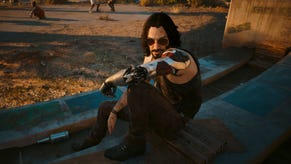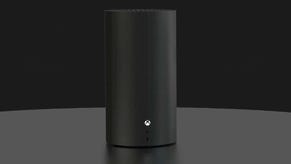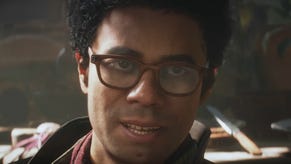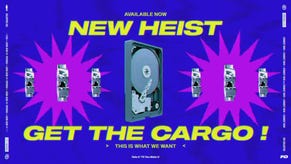Saturday Soapbox: How do you solve a problem like Mario?
Does New Super Mario Bros. 2 represent a creative cul-de-sac? And if so, does it even matter?
Currently sitting on a Metacritic average of just 78 per cent, New Super Mario Bros. 2 is comfortably the lowest-scoring mainline Mario game to date. That tally may be acceptable by many standards, but for one of gaming's most consistent performers, the numbers aren't good.
The figure is well below the 87 per cent accrued by New Super Mario Bros. Wii, or the DS original's 89, while every other 2D Mario game released since Metacritic began aggregating data is in the nineties. You don't have to look too hard to spot the common thread here.
NSMB 2 is still a fine game, no doubt, but time was when a new Mario platformer was something of an event. In his review earlier this week, Oli claimed to be "blasphemously bored" for portions of the game, and as a fellow Mario fan I'd be inclined to agree. When an argument can be made that it's not even the best platformer of the week - Jonathan Mak's musical oddity Sound Shapes may be flawed but it's undeniably the more inventive game of the two - then you have a cause for concern.
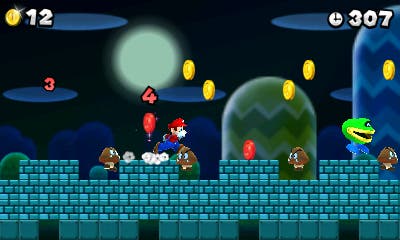
Or do you? The NSMB series is a massive seller and Nintendo as much as anyone needs the safe hands of a star performer like Mario, especially given the threat to the dedicated handheld market from mobile games. In a console business increasingly reliant on franchises, it's hardly surprising that Mario is more cash cow than sacred cow these days.
Quite aside from that, there's also the small business of satisfying the demands of a market Reggie Fils-Aime recently claimed to be "insatiable", the result of which was the announcement of yet another 2D Mario, this time for Wii U. For the first time it seems we're likely to see two Mario platformers in the same year. But I'm not convinced this is the Mario that enthusiasts are still clamouring for. Still, it's sales rather than scores that are of most concern to Nintendo in the present climate.
It seems unlikely that Nintendo is unaware of the irony in NSMB2's cash-grabbing conceit. It does, however, feel rather out of character for Mario, not least because there's no explanation for this sudden surfeit of gold. Wario would surely be a better fit for this scenario, even if he's hardly as big a draw as his arch rival.
"Maybe it's time for some of us to realise that we're not the target audience for these games any more."
A bigger issue is that this one gimmick is hardly enough to sustain an entire game. Outside Coin Rush mode it's essentially meaningless, beyond giving you even more lives than you'd normally accrue. There is, of course, an ultimate goal, but the reward for achieving it is in no way commensurate with the effort taken. It's fair to say the game will earn a million coins well before the majority of its players will.
There's one particular design choice that suggests something of a creative malaise at the house of Mario. In EAD Tokyo's effortlessly brilliant Super Mario 3D Land - whose achievements are now thrown into sharper focus - Mario leaps up to hit a coin block, only to find his head getting stuck. He then leaps around awkwardly, hiccupping coins for a while until he finally disappears. It's a delightful, surprising pratfall; a wonderful subversion of expectations. It's used just a handful of time, and perhaps only that many to ensure no one missed it.
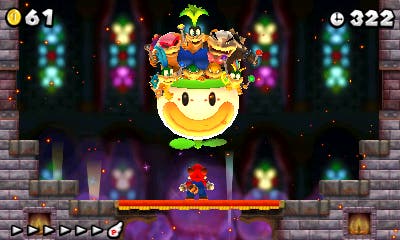
In New Super Mario Bros. 2, it's back, only this time it's no longer a one-off, but a feature. Certain blocks you hit and keep on hitting will eventually turn gold; jump into them again and Mario ends up with a moustachioed block for a head. It's charming at first, but it's nothing more than a faint echo of a brilliant joke.
Otherwise its inclusion is meaningless beyond allowing you to earn some extra coins, and though it initially seems to encourage riskier play as the coins emerge more quickly the faster you run and the higher you jump, you can earn the same amount by simply jumping on the spot until the gold geyser runs dry. It's symptomatic of a lack of inspiration when it comes to new ideas.
Even Coin Rush mode, ostensibly a speedrunner's dream, lacks the purity of 3D Land's time attacks, where good old-fashioned speed is prized over the ability to exploit each level's richest coin deposits. The random selection of stages, meanwhile, ensures that score comparisons are hollow outside of the StreetPass challenges.
"For the first time it seems we're likely to see two Mario platformers in the same year. But I'm not convinced this is the Mario that enthusiasts are still clamouring for."
Perhaps it's unfair to single out NSMB2 for criticism when other problems have been rumbling beneath the surface for some time. The art style, for example, may have been tolerable for one game, but after three it's grown decidedly stale. From the original Super Mario Bros. through to Yoshi's Island, each game had a unique look; compare and contrast with the modern 2D games to see how times have changed. The Expressionist-inspired backdrops of the forthcoming Wii U version are about as visually adventurous as the series gets these days. Even the use of 3D in NSMB 2 is perfunctory, producing a depth-of-field effect that, while hardly unpleasant, offers little encouragement to nudge that stereoscopic slider upwards.
Yet if Mario seems to be struggling to move forward, that's partly because his designers have spent a lot of time looking back. There's clear evidence here the pupils of Nintendo's in-house 'cram school' learned well from tutor Tezuka, while Mario's movement and inertia is as reliable as ever. He remains one of the easiest game characters to control, and despite subtle changes to how he handles in each game, you're instinctively aware of his capabilities as soon as your thumbs hit the d-pad and the B button. That sense of weight and motion is ingrained in the muscle memory of so many, never to be forgotten.
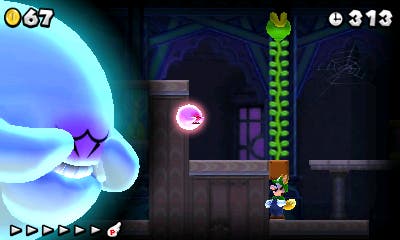
And, at a time of uncertainty, you should never underestimate the comfort of the familiar. The 2D Mario games may have lost their capacity to surprise yet they're still loved by millions; indeed, flying in the face of critical opinion, they're much more popular than the 3D games. If New Super Mario Bros. does represent something of a creative dead end - even its fans would struggle to deny that the games lack the boundless invention of a Super Mario World or a Yoshi's Island - that doesn't seem to be affecting its popularity with the masses.
That's partly because Nintendo - and games in general - lost a lot of people with the move to 3D. I'm sure most gamers will have encountered someone who can't really get their head around controlling characters in a 3D world, and that's a large audience that needs catering to. Nintendo attempted to bridge that gap with 3D Land, and as the biggest-selling 3DS title to date, it may have partially succeeded. But I imagine it won't take too long for NSMB2 to overtake it.
Consider, too, that older players like Oli and I have played every Mario since the beginning, so the sense of déjà vu is likely to be heightened. New players, the generation whose first experience of Mario was the original NSMB on DS, may wonder what the problem is. Maybe it's time for some of us to realise that we're not the target audience for these games any more.
Yet while it's a shame the 2D games lack the antic brilliance of the older games, at least we have the 3D titles to fill that gap. The Galaxy games captured the spirit of generosity and invention that powered the 8 and 16-bit titles, while 3D Land suggested Nintendo has found the secret to combining the taut level design of classic Mario with the exploratory delights, single-stage gimmicks and off-the-cuff gags of the 3D era.
In splitting the franchise in two, Nintendo knows it risks diluting the magic that we naturally associate with Mario games. But by the same token, it may just be the best way to meet the needs of two very different audiences. In other words, whichever generation you belong to, you'll be able to find the thing made you fall in love with Mario in the first place.
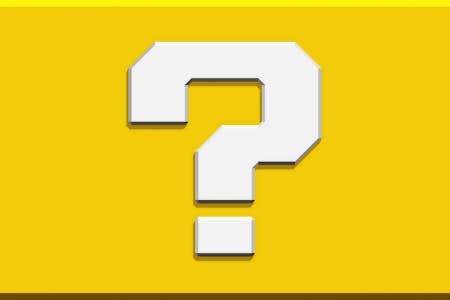


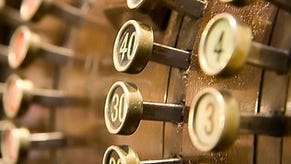



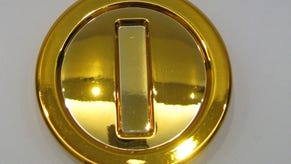
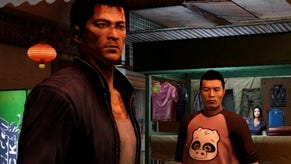


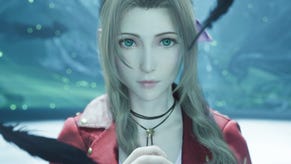
-3-31-23-screenshot.png?width=291&height=164&fit=crop&quality=80&format=jpg&auto=webp)
